“There was some nervousness at the start” – The history of BioWare, as told by the people that were there at the time
Former BioWare developers reflect on the origins and expansion of the legendary studio
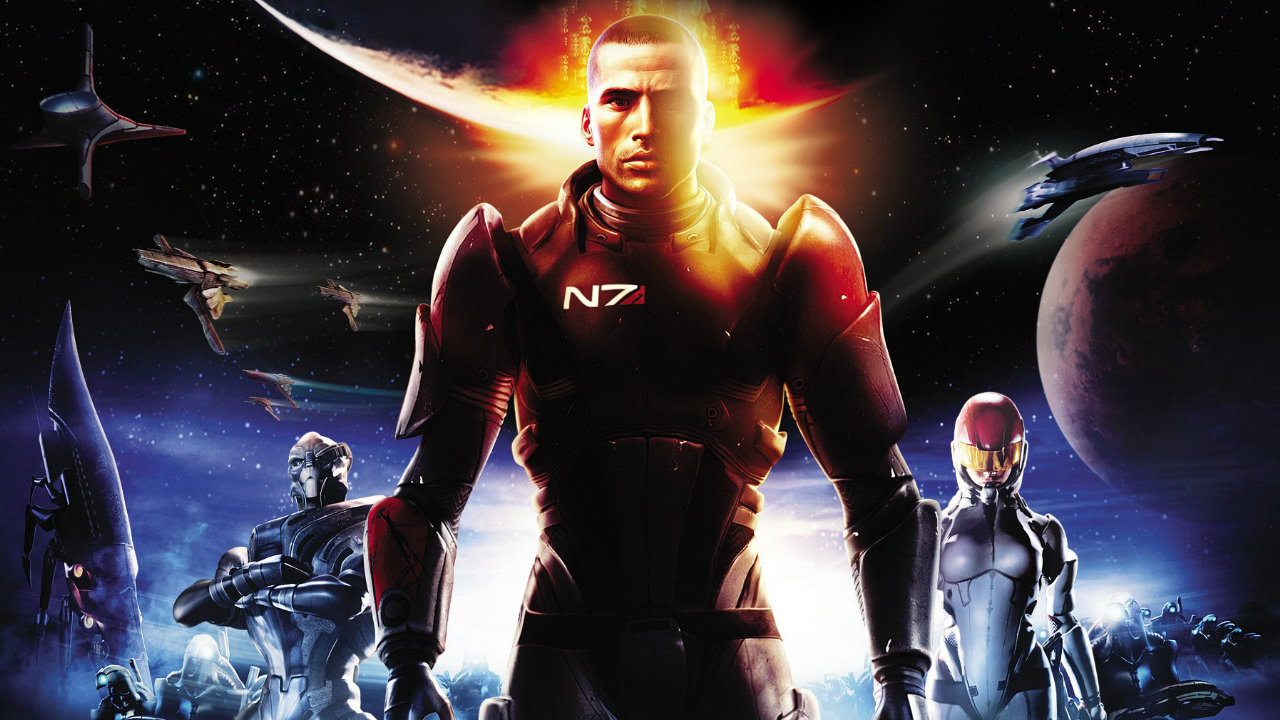
If we were to make a tier list of video game developers, there’s no doubt in my mind that BioWare would be sat among the very best that the industry has to offer, atop the god tier. There’s a special amount of hype that builds up around any new release that the Canadian developer puts out, and for good reason. For some, it’s their memories of Mass Effect that get them pumped for whatever the team comes up with next, while others might be dreaming of the next fantasy RPG – long understood to be Dragon Age 4 – that's in the works. And if you remember PC gaming before Steam, when CD cases had to be packed in oversized cardboard boxes, then it may well be the likes of Baldur’s Gate, Neverwinter Nights or even Knights Of The Old Republic that you’ll attach the BioWare name to.
The truth of the matter is that few developers have the prestige of BioWare. The studio has built a brand that is synonymous with great characters, realistic worlds and intriguing storylines, but that wasn’t always the case. It's funny to think then that, back in 1994, BioWare didn't really have much of a plan – let alone any hope of shaping the RPG genre.
Before BioWare
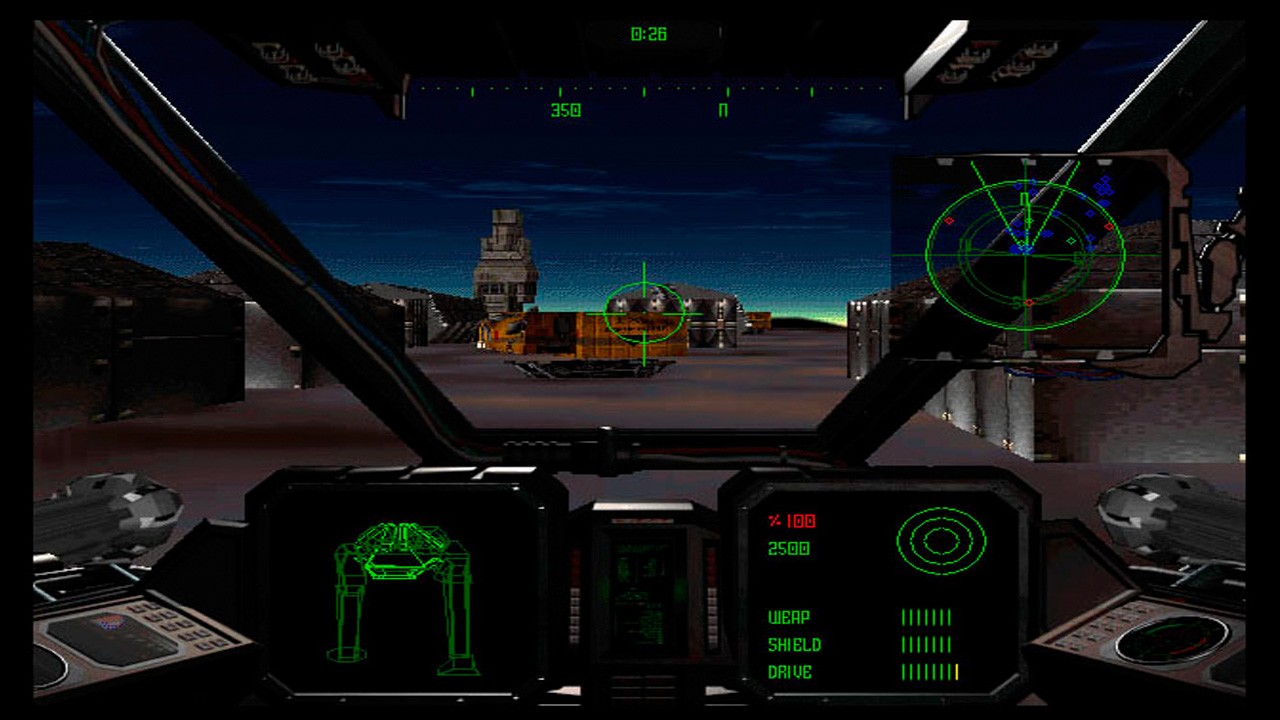
“I had finished my third year of computer science,” Trent Oster tells me, one of the initial founders of BioWare, “and over the summer myself, my older brother Brent Oster and my high school best friend Marcel Zeschuck set up an office where we’d do computer consulting by day, and we’d make video games by night.”
The trio challenged themselves to make a game over the summer of '94. If they could do that, they figured, then they would be able to justify quitting their respective jobs and focus on making games full time. Against all the odds, the young game makers succeeded and had managed to produce a game they called Blasteroids 3D. Don't worry if you haven't heard of it. In fact, Trent is pretty upfront about the quality of that first creative endeavour.
“It was horrible,” Trent laughs, before detailing the project. “It was DOS-based, 16-bit code. It was the Asteroids game, only it was kind of from a first-person perspective, and it was done just using scaling sprites.” It was never designed to be a commercial product, but rather a “proof of concept” of sorts, evidence that the three could indeed produce something that resembled a video game.
It was, however, Marcel Zeschuck’s cousin that would bring the three other founders of BioWare on board. “Greg Zeschuk used to come down every summer, and we used to play D&D together and watch kung-fu theatre and goof off,” Trent recalls, adding that Greg was instantly interested in getting involved with game development when he saw what they were up to. Through Greg came fellow doctors Ray Muzyka and Augustine Yip – the six of them would go on to become the original founders of BioWare in February 1995.
The First Game

BioWare may have been established back in 1995, but it wasn't made official until halfway through the development of its first game. “We had this piece of technology, this graphics rendering engine where you could run through desert-like terrain,” recalls Trent. “It could pitch up about 30 degrees and down about 30 degrees, but the engine couldn’t roll at all – it had no concept of rolls. And so we were like, what makes sense in this?”
Weekly digests, tales from the communities you love, and more
Despite toying with the idea of hovercrafts, the answer was fairly clear to the young creatives: Mechs. Called Metal Hive during development, this game would later go on to become Shattered Steel. “It grew out of the technology that we had,” adds Trent, “it dictated what we were going to make. And from there we just brought in the things that we liked.”

We've gone through the heartache of ranking the best BioWare games so you don't have to.
It was an impressive first product for the time, with BioWare partnering with Interplay – the big PC publisher of the decade – to get Shattered Steel released for MS-DOS in October 1996. It was because of Interplay that the game ended up leaning towards multiplayer in fact, and it gave the product some extra legs. But, sadly, fate was against the game. Because, as great as Shattered Steel was - it has since built up something of a cult following - it released within a week of MechWarrior Mercenaries, the recognisable brand crushing the unknown developer’s first title. “Shattered Steel was this new upstart,” Trent laments of the lack of recognition that the game got. “No one had really heard of it; Shattered Steel did okay, okay enough that we had started on a sequel, but ultimately a decision was made not to finish that sequel.”
That decision was made by Interplay who, by way of an apology, asked if BioWare would like to work on a sequel to MDK since the game’s previous developer, Shiny Entertainment, didn’t have any interest in making another. BioWare agreed though development would be far more challenging than it could ever have anticipated – even if it did set the studio on the path to becoming the RPG behemoth that we know and love today.
To Infinity...
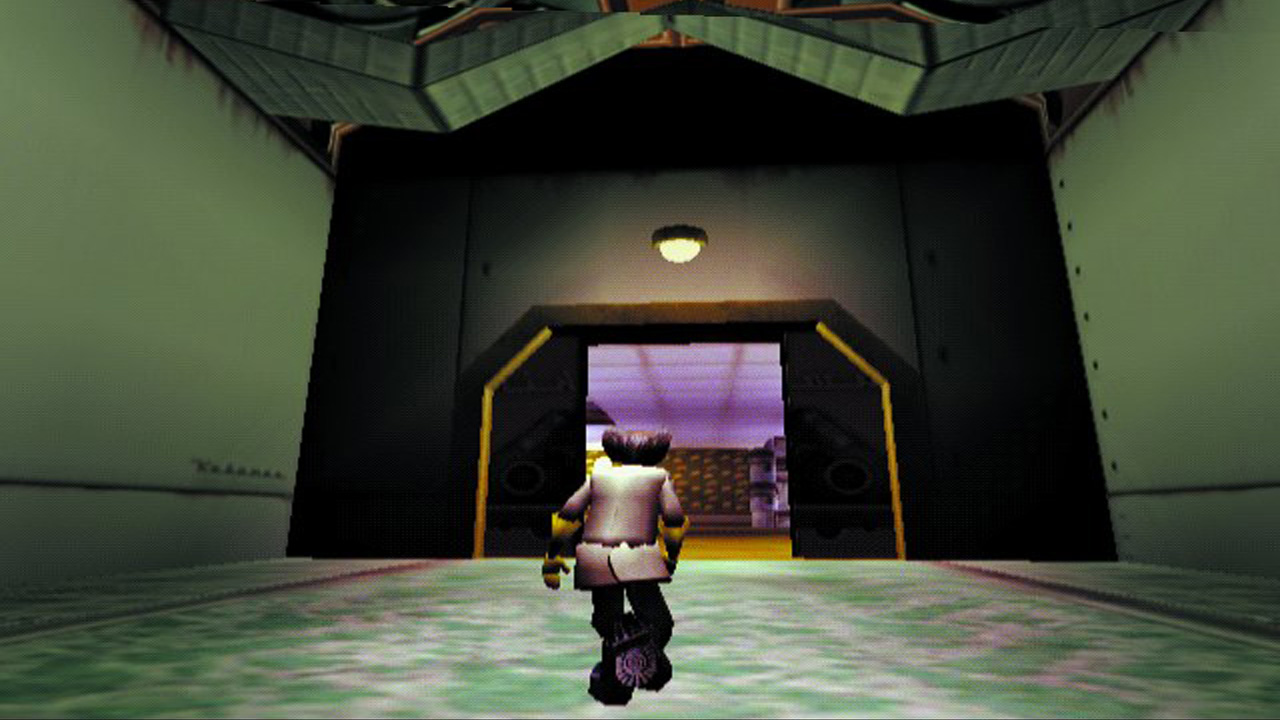
A first-person mech combat game and a third-person shooter aren’t exactly the facets of gaming that BioWare is recognised for today. But it is here where the foundation for what would come to define BioWare started to reveal itself. In fact, the development of Shattered Steel and the pre-production work on MDK 2 had caused the doctors – the three that remained at BioWare – to come up with something new to work on, in an area that felt more natural to the staff on the team.
Initially termed Battleground: Infinity, this was an exploratory project intended to modernise computer RPGs and was headed towards becoming massively multiplayer, built on what would become known as the Infinity Engine. But as luck would have it, Interplay had just acquired the D&D license; An obvious pairing was born.
“There was a discussion with Interplay,” Trent continues, “and Feargus Urquhart took the concept and ran it up the pole and said ‘hey guys, if we take Battleground: Infinity and we took the D&D license, and we put the two together, we could make a great game’. Interplay got behind it, everybody at BioWare was really excited about working on it. At that point, it became Baldur’s Gate, and we started working on that.”
Baldur’s Gate ended up being about as defining a game as a company could hope for. It sold nearly as much as Diablo, propelling the BioWare name into the limelight and, as it would seem, saving Interplay from collapse. But more than that, it set a precedent for what would come to be the defining aspects of the studio: It had great characters, a great setting, and a great story.
Branching Out
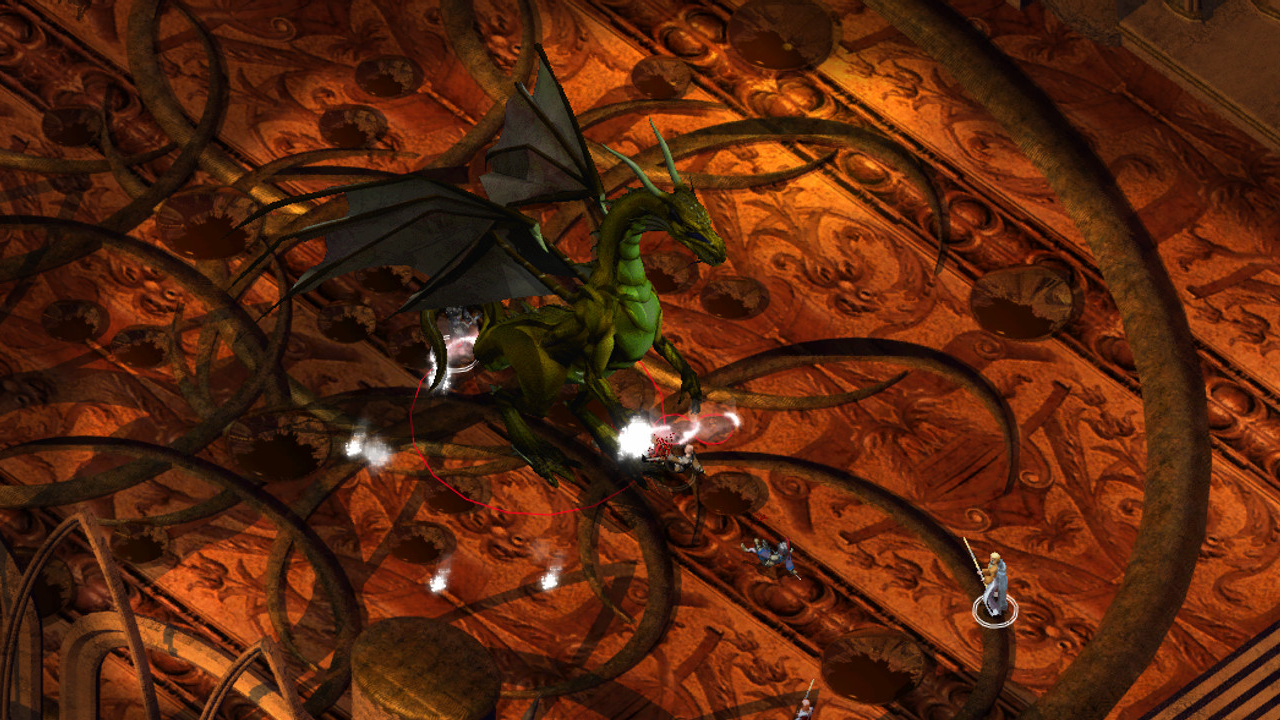
“At that point, we had probably crossed about 30 people,” says Trent of how the team was growing during that time. “Once Baldur’s Gate went out, that kind of established us on the map, and 18 months later Baldur’s Gate II hit and it kind of locked us in as a solid RPG team that could actually follow up.”
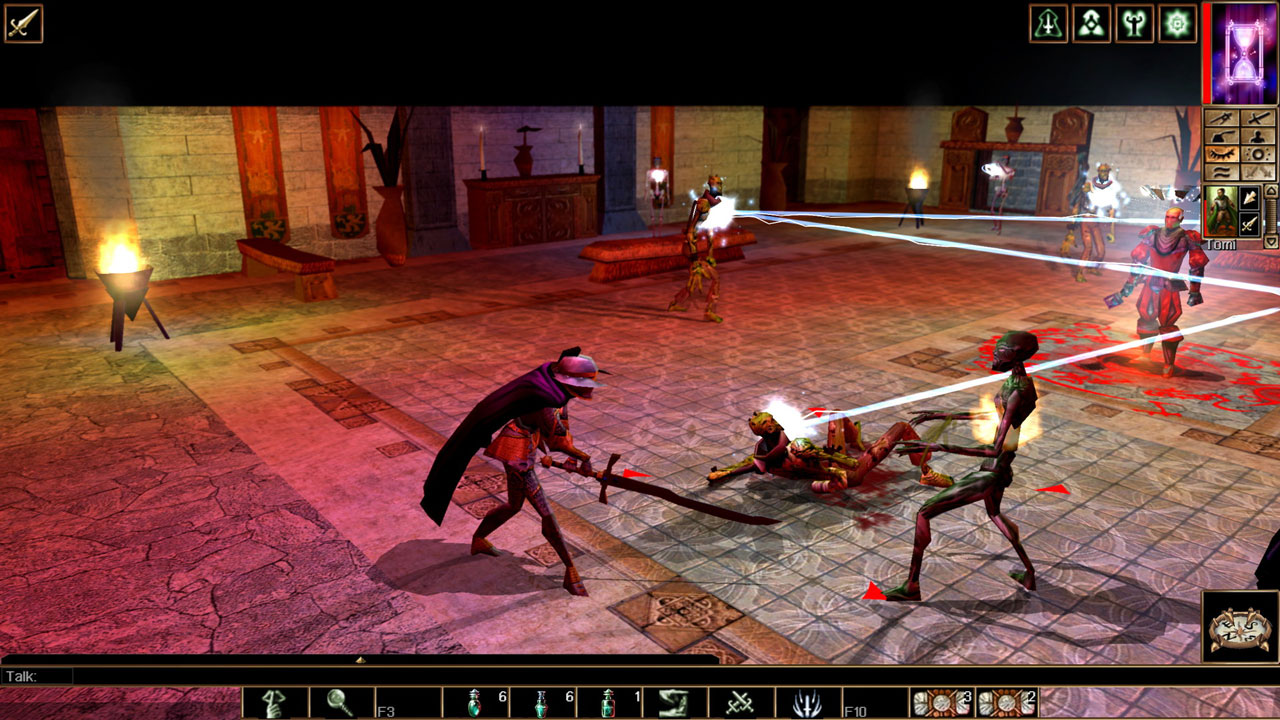
A bunch of the BioWare classics are coming to a home console near you soon, here's why you should be excited.
Despite this growth, some of the founders had already left. Brent had already grown disillusioned with the team during Shattered Steel, while Augustine Yip had left towards the end of Baldur’s Gate's development to continue practising medicine. But BioWare was on course for great things, even if the Baldur’s Gate sequel - and the release of MDK2 - hadn’t done enough to rescue Interplay from bankruptcy.
“There was some nervousness at the start,” says Trent of BioWare’s concerns surrounding the loss of its only publisher up until that point. “But right around that time we were talking pretty aggressively with the guys at LucasArts about doing Star Wars: Knights Of The Old Republic. There was a real feeling that we needed to diversify at that point; We needed to work with another publisher.”
Ultimately, BioWare ended up pairing with Infogrames on Neverwinter Nights (2002), Lucasarts for KOTOR (2003) and, finally, Microsoft with Jade Empire (2005). It's around this period where you could see BioWare going from strength-to-strength, with the studio's output proving that the company had a unique ability to produce deep RPG titles with rich, involving storylines, characters and worlds. It's that reputation that would ultimately help propel BioWare into its most successful period to date.
In A Galaxy Far Away...
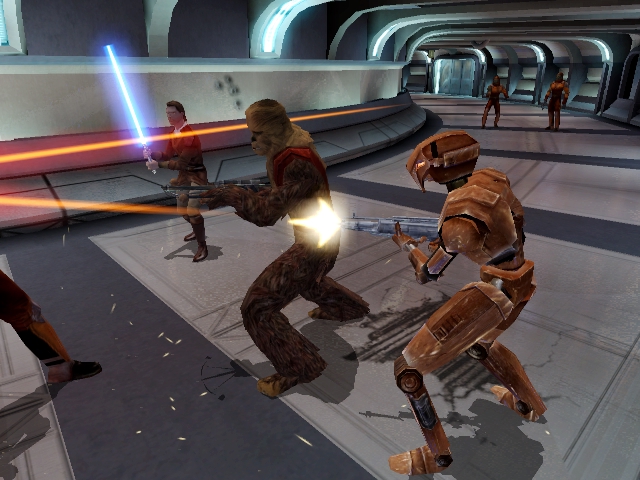
“Casey Hudson was the technical artist on Neverwinter Nights,” recalls Trent, “and then he went on to lead Star Wars: Knights Of The Old Republic. Casey’s angle was always cinematic gaming, he always wanted to push that, and you can see that in initially KOTOR and then later Mass Effect.”

What makes a BioWare game feel, well, like a BioWare game? GamesRadar investigates.
At this point, BioWare had already built up a reasonably sizeable reputation as masters of the genre, but it wasn’t until the likes of Knights Of The Old Republic and Jade Empire that it was able to prove just how well it was able to craft a compelling story. The industry was taking notice and, as such, Electronic Arts moved in to purchase the studio in 2007. In fact, it made a move just one month out from the debut of one last generation's most influential new franchises – Mass Effect.
This game would go on to be a milestone for BioWare. The studio was now able to work on a massive RPG with the scale and scope of a licensed product but with none of the constraints – a dream come true. “Mass Effect was a commitment to make our own intellectual property,” says Aaryn Flynn, who had started at BioWare as a tools programmer on Baldur’s Gate II, later going on to become studio manager at the company.
“Casey, James, Derek, and others did an amazing job of synthesising what they loved about existing science fiction,” Aaryn adds, “and imagining what could be done with interactive storytelling. Big set piece moments, cinematic storytelling with the dialogue wheel, and action were critical.”
Levelling Up
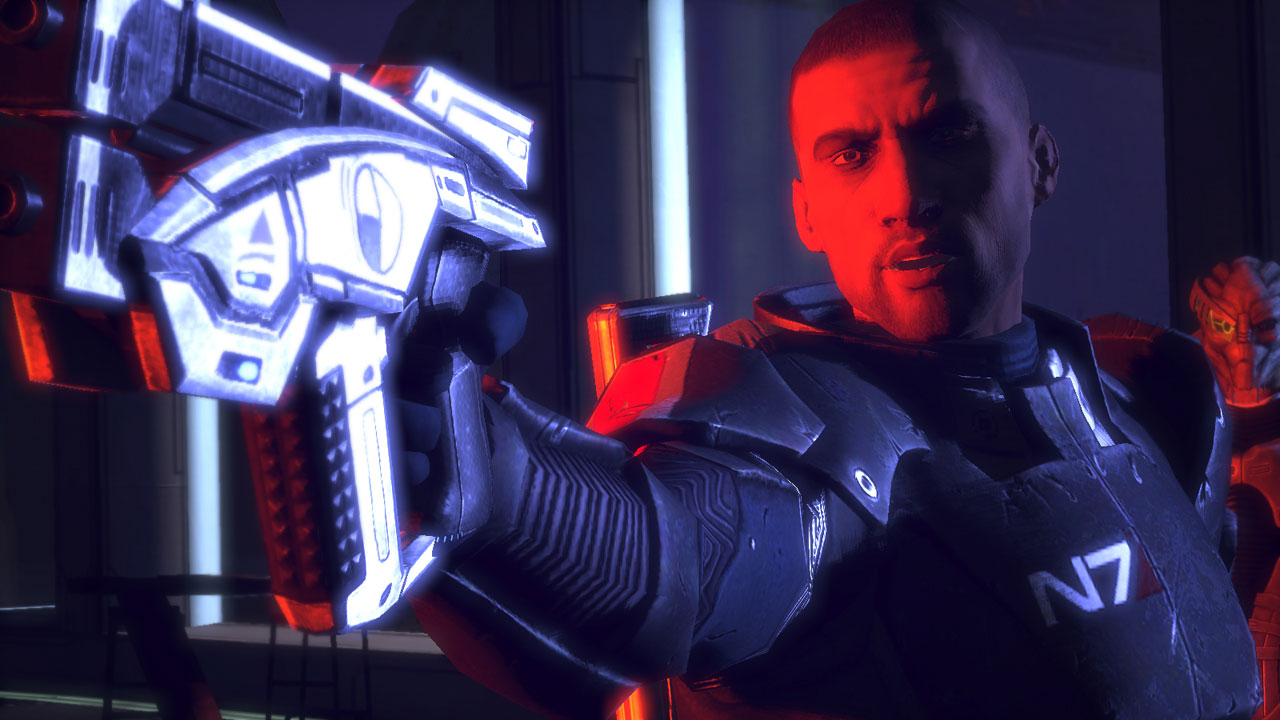
At this point, it’s fair to say that the rest is history. Mass Effect, even with its issues, was a huge success. Its exclusivity as an Xbox 360 title became a huge boon for the platform, and certainly one of the oft-referenced titles in the console war between Microsoft and Sony. But more than anything it made BioWare a household name; The shift away from PC-only development ensured that the developer finally had access to an audience that had previously alluded it. For the first time since the studio's inception a decade before, the world finally discovered the hold BioWare had over the action-RPG genre.
“Not much changed in the early days,” says Aaryn of this explosion in popularity and EA’s new ownership. “The first change was an emphasis on multiplatform launches. We had launched Mass Effect on the Xbox 360, and had no plans for other platforms. Dragon Age: Origins had been conceived as a PC title. EA helped us understand the potential of bringing that content to other platforms, and that became an early focus.”
Through its growth, BioWare went on to release complete trilogies in both the Mass Effect and Dragon Age franchises, with the skills and quality of the team at BioWare becoming more refined and finessed alongside each new product. And EA’s influence, despite what many would expect, didn’t lead the studio down any paths it didn’t want to take. “Sometimes the budgets felt small, and timelines felt short,” admits Aaryn, adding that this was “definitely the case for DA2”.
Ultimately, Aaryn maintains, EA “intervened very little” with the studio. While title plans, schedules, and their corresponding budgets were a critical part of the business, the oft-criticised publisher actually “never intervened with creative decisions”. They were for BioWare to craft – with EA eager to trust that the studio responsible for so many success stories by this stage knew what it was doing. It's a separation that BioWare appreciated. “I always thought EA struck a reasonable balance there,” says Aaryn. “They [EA] wanted us to make great games; Their thought was that they could help get them to new markets and into the hands of new players.”
New horizons

For all the improvements the developer has made over the years, that’s not to say there weren't any hiccups along the way. Dragon Age 2, for example, had a limited development cycle, ultimately leading to the reused environments and the constrained scope that it was so often criticised for. But it was, of course, Mass Effect 3’s infamous ending controversy that really had BioWare fans beginning to doubt the developer. With the epic conclusion to the trilogy petering out with a starchild and just one of three choices ultimately affecting which cutscene played. It was an outrage, at least at the time, though gamers were satiated after DLC was released to give them the closure they demanded.
Dragon Age: Inquisition, Mass Effect: Andromeda, and Anthem have all proven to be similarly divisive. It's hard not to question whether BioWare is approaching something of a transitional period. It's clear that something needs to change in the creative process, but then this is a studio that has made rising to the occasion a part of its DNA.
With Dragon Age 4 on the near horizon, we won't have long to wait to see whether BioWare is able to regain its composure and evolve the RPG genre all over again – just as it has done so many times across the last 24 years.


